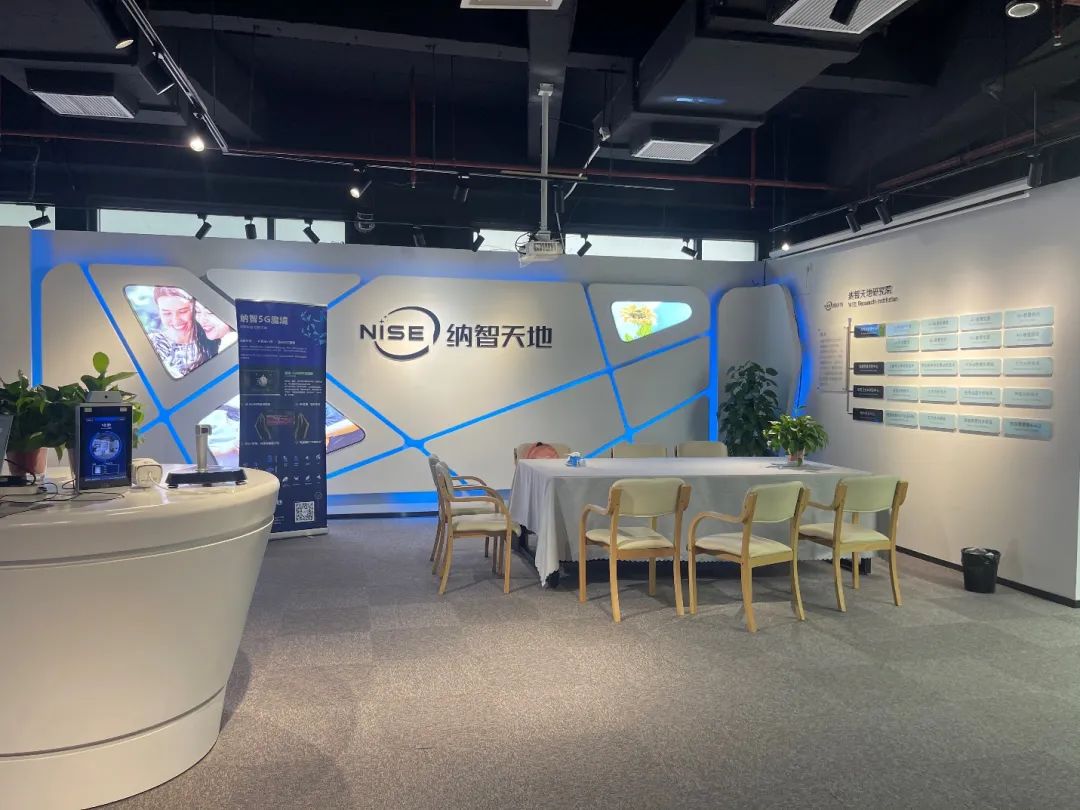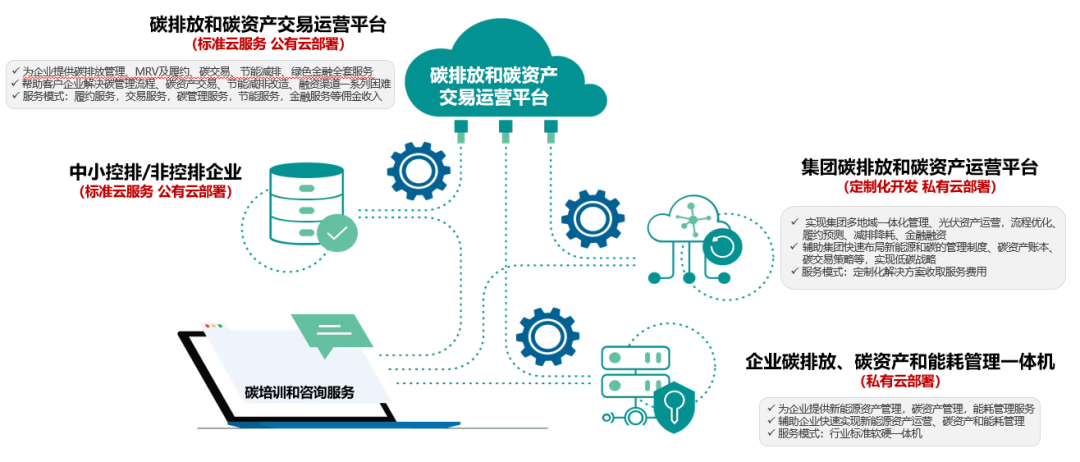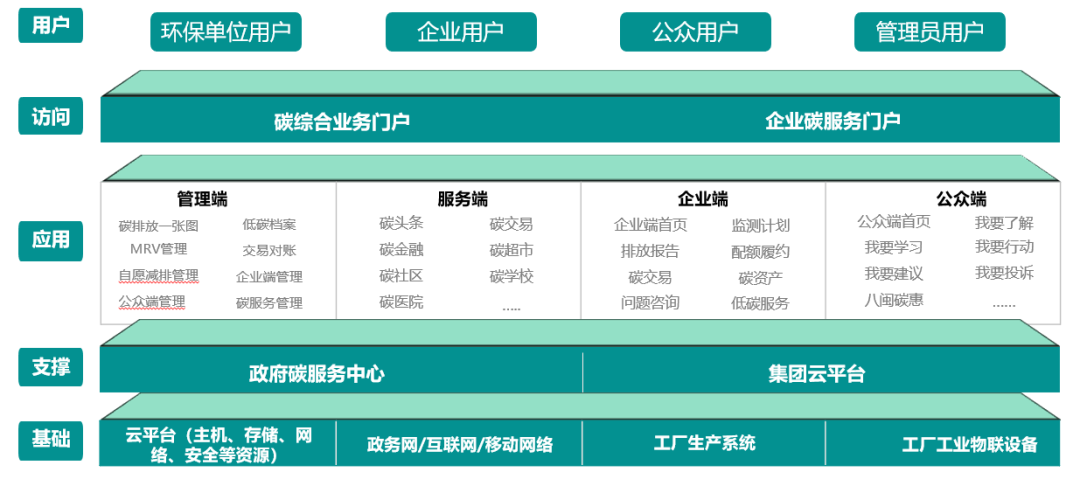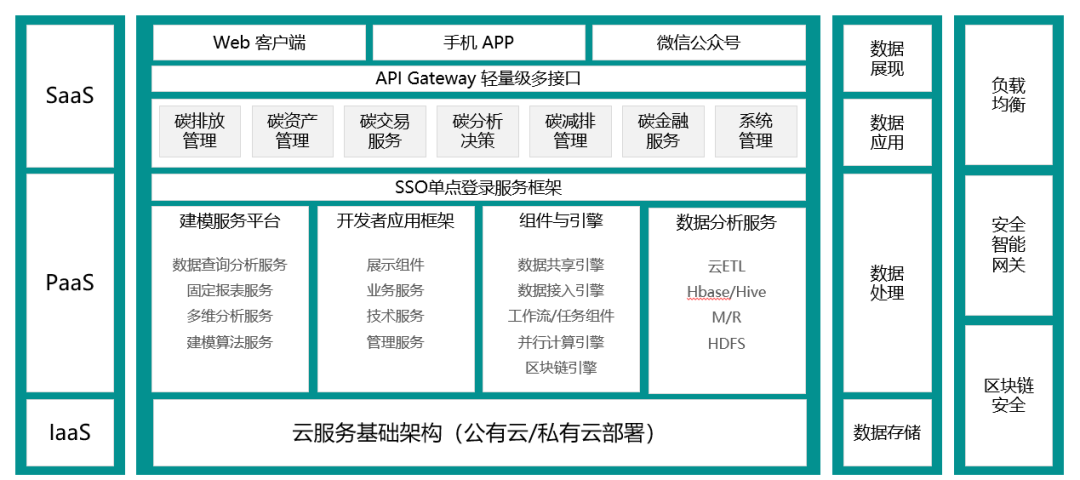key findings
-
Customer pain points : To deal with difficult issues such as the digital transformation of enterprises, the uncertainty of whether new technologies can improve performance, the risks brought about by investment, and the adaptability of enterprise organizational structures. As a business-driven enterprise, it lacks the ability to quickly build digital product solutions.
-
Solution : Use Siemens low-code to greatly reduce development bugs through visual operations such as dragging and dropping components, making the system more stable and ready to use, achieving predictable controllability in optimizing performance and managing investment.
-
Implementation effect : A project that takes half a year using traditional development methods can be completed in 10 man-days using Siemens low-code, which has formed a rapid iterative upgrade paradigm that cannot be compared with traditional development models.
Keeping up with the strategic trend, the "double carbon" goal has a long way to go
Suzhou Nazhitiandi Intelligent Technology Co., Ltd. (hereinafter referred to as "Nazhitiandi") was established in 2017 and is headquartered in Suzhou. It is a high-tech enterprise with AI algorithms with independent intellectual property rights. It focuses on "AI data training , perception and cognition " It has a strong hard-core technology advantage in terms of "new energy asset operation" and has set up a key laboratory at the Suzhou Nano Institute of the Chinese Academy of Sciences and an engineering technology research center in Suzhou. It is a leading enterprise in Suzhou, a nursery enterprise and a gazelle enterprise . Nazhitiandi combines "the world's leading AI algorithm" and "new energy and carbon asset operation experience", aiming to promote the digital transformation and upgrading of the "new energy" industry, to improve the earth's environment and build a sustainable future Contribute.
The dual-carbon strategy is a two-stage carbon emission reduction goal proposed by China (referred to as the "dual-carbon" strategic goal). Carbon dioxide emissions strive to peak in 2030, and strive to achieve carbon neutrality in 2060. To achieve this goal, technological innovation must be the forerunner, which provides a broad space for technological innovation. As a high-tech enterprise with the core advantage of "new energy asset operation", Nazhitiandi's corporate responsibility and business goals are based on the country's overall development plan and implemented in the business field, that is, serving local governments and customers in related key emission control industries , to provide them with low-carbon training, consulting, technology and financial one-stop solutions.

Relying on its own technological advantages, Luxtiandi's dominant position in the industry has brought more and more business and commercial opportunities. And young companies also clearly feel their own weak links, such as relatively weak anti-risk ability, high sensitivity to trial and error costs; poor communication between various departments within the company, especially business departments and IT departments. When it comes to application development, they often talk to themselves, making it difficult to understand each other; management is not detailed enough, resulting in idle resources on one side and busy and repetitive work on the other; complex department functions lead to detailed internal division of labor, which leads to complicated execution procedures. Poor operability etc.

A series of problems have plagued Wu Hao, the vice president of Nattech . Being invincible in the high-tech field is like sailing against the current. If you do not advance, you will retreat. The digital transformation of enterprises is imperative. Wu Hao believes that the main problems that should be paid attention to and need to be solved in the digital transformation of Nazhitiandi enterprises are as follows:
-
Business units demand performance improvements. How is digital technology applied to existing business processes, and where is the entry point for digital technology? Can performance be improved rapidly after the application of new technologies?
-
Trial and error costs must be manageable. Because the technology and equipment resources invested in the transformation stage are very large, the risks associated with the transformation of the original business process in the running-in stage are also great.
-
Digital transformation should be coordinated with organizational structure. After successfully completing the digital transformation pilot on a small scale, it will face the next step of expanding digital maturity to improve the company's overall performance. In the process of expansion and promotion, the problem of inappropriate personnel and organizational structure may become a resistance to digital transformation.
Getting to know Siemens, the road to low-code digital transformation and innovation is suddenly clear
Wu Hao's team has been using the traditional method for full-process development, and the development progress is relatively slow. In the hot dual-carbon market, higher requirements are put forward for the speed, agility, and rapid iteration of application development. Wu Hao is starting to change the track, preparing to seize new markets with new products. By chance, Wu Hao learned about Siemens low-code in a chat with a friend. The first thing that attracted his attention was that the low-code platform supports rapid iterative upgrades of enterprise information systems, which is incomparable to traditional coding development models. After a period of communication with technical experts of the Siemens low-code China team and comparison with other low-code platforms in the industry, Wu Hao’s team found that Siemens’ low-code support and industrial software docking can deposit various data to the middle platform and carry out Unified processing, and then form unified data, and then be called by each system . At the same time, low-code reduces the technical threshold, and business personnel who know more about business can directly operate and configure the system . From the perspective of enterprise management and business development, Siemens low-code can help Nazhitiandi reduce costs, accelerate digital transformation, reduce repetitive work, improve development efficiency, and shorten project delivery time and delivery cycle. These are exactly the effects they expected to achieve. Knowing Siemens low-code at this time is just the right time, place and people.
Regarding what prompted Nazhitiandi to finally choose Siemens low-code, Wu Hao said:
Siemens low-code has the capability of continuous innovation, supports the Internet of Things, digital twins, etc., and provides data and event services (Data Hub) and MxAssist Performance Bot. Products developed with Siemens low-code score highly on key features, especially in UX design, integration support, and governance.
It has only been about 4 months since the official cooperation with Siemens low-code, and the developed applications have covered two key products of the company, namely the carbon asset and carbon operation management platform and the photovoltaic asset operation management platform . The intuitive experience of using Siemens low-code development applications can be summarized as follows:
-
The development threshold is low, and the drag-pull-drag visual operation is simple;
-
The development cycle is short, and it is not necessary to write codes from scratch for all businesses;
-
The development cost is low, because the configuration is the mainstay, so the dependence on high-salary technicians is greatly reduced;
-
It can be more in line with actual needs and has a high degree of adaptability;
-
It is highly scalable, supports fast iterative upgrades, and is cost-effective.




In the traditional development mode, a large amount of code needs to be written every time an application is built, the code is highly repetitive, and the efficiency is reduced; developing an application requires one or more professional technicians, and the system is built by a dedicated person and needs to go through multiple rounds of testing , check for security vulnerabilities, and have high security requirements; in the early stage, user needs need to be obtained and analyzed, framework design and code writing are carried out in the mid-term, and finally multiple rounds of testing are required before implementation can be implemented, resulting in a development cycle Long, even for small project development, it takes about a month.
Now the development of low-code platforms uses visual operations such as dragging and dropping components, and only a small amount of code or no code is needed to realize application building. There is no need to write a lot of code, and ordinary users can build it without technical support. Based on direct calls to a large number of mature components, models, and templates, the low-code platform can greatly and effectively reduce development bugs, standardize the development process, and make the system more stable. Users can build it by themselves, do whatever they want, use it anytime they want, go online immediately, and modify and iterate at any time. The traditional open model takes about half a year for a project, but now it only takes 10 man-days of work to develop with the low-code model .
Grasp the direction of change and promote the reconstruction and development of enterprise digital system
In the process of gradually deepening the low-code cooperation with Siemens, Nazhitiandi has more confidence in its own digital transformation and its competitiveness in key industries and emerging tracks. Based on the company's future business plan, Siemens Low Code will participate in contributing more innovation capabilities, helping Nazhitiandi realize information management, cost reduction and growth in new energy, petrochemical, electric power, manufacturing, transportation and smart parks and other industries. efficiency and improve project operation efficiency.
Siemens low-code has brought practical benefits to Nazhitiandi, Wu Hao said:
My team gave Siemens Low Code a 100% satisfaction mark! Siemens' low-code and flexible development method can effectively solve the losses caused by demand changes and human errors during the development process, stop losses in time, and shorten the development cycle.
The good wind sent me to Qingyun by force. At present, new energy and "dual carbon" have already been clearly defined as the key strategic direction of the country, and these two future golden tracks have also been detonated. Nazhitiandi is willing to continue to join hands with Siemens low-code to give full play to their respective industry and technological advantages, hit the water in the mid-stream, and sail to the sea of stars!
About Mendix
In a digital-first world, where customers expect their every need to be met, employees expect better tools to get their jobs done, and businesses realize they can only survive and succeed through total digital transformation. Mendix Corporation, a Siemens business is rapidly becoming an enabler of digital transformation for enterprises. Its industry-leading low-code platform and comprehensive ecosystem integrate the most advanced technologies to help enterprises create solutions that improve interactivity, simplify operations and overcome IT bottlenecks. With the four pillars of abstraction, automation, cloud and collaboration, Mendix has greatly improved the productivity of developers, and relied on its own engineering collaboration capabilities and intuitive visual interface to help a large number of "citizen" developers who are not familiar with technology in their places. Create applications in the field of expertise. Mendix is a leader and visionary in the eyes of authoritative industry analysts, as well as a cloud-native, open, scalable, agile and proven platform. From artificial intelligence and augmented reality, to intelligent automation and native mobility, Mendix has become the backbone of digital-first businesses. Mendix's enterprise low-code platform has been adopted by more than 4,000 leading companies around the world.
Thanks for reading!